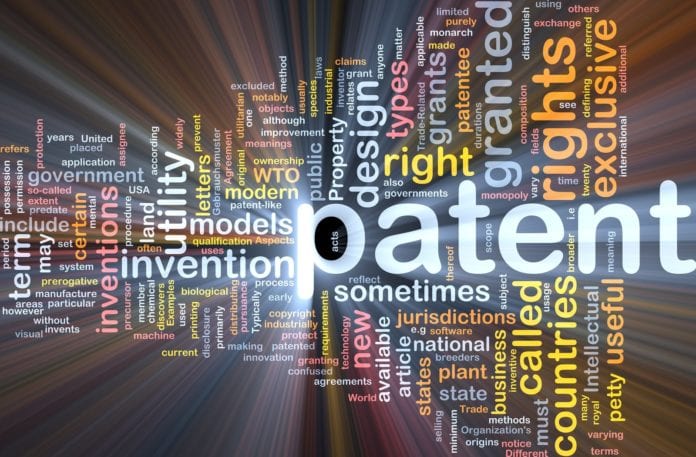While the 5G race rages on, so does the race to be perceived as the technology leader in 5G. This race transcends companies, industries, regions, and even countries. No major country, be it the new power such as China or existing leaders such as the US and Europe, wants to be seen as laggard. In this global contest, 5G patents and IPR (Intellectual Property Rights) is the most visible battleground. With so many competing entities and interests, it indeed is hard to separate substance from noise. One profound truth prevails even with all the chaos: Quality of inventions always beats quantity.
The fierce competition to be the leader has made companies make substantial investments to innovate new technology as well as play a key role in standards development. Since the leadership battles are also fought in the public domain, the claims of leadership has been relegated to simplistic number counting, such as how many patents one has, or much worse, how many contributions one has submitted to the standards. In the past, there have been many reports dissecting these numbers in many ways and claiming one or the other company to be the leader.
The awakening – Quality matters
Fortunately, now there seems to be some realization of the perils of this simplistic approach to a complex issue. There have been reports recently about why the quality, not the quantity matters. For example, last month, the well known Japanese media house, Nikkei, published this story based on the analysis of Patent Result, a Tokyo-based research company. Even the Chair of the 3GPP RAN group, Mr. Balazs Bertenyi, published a blog highlighting how technology leadership is much beyond simple numbers.
Ills of contributions counting
One might ask, what’s wrong with number counting, after all, isn’t it simple and easy to understand? Well, simple is not always the best choice for complex issues. Let me illustrate this with a realistic example. One can easily create the illusion of technology leadership by creating a large number of standards contributions. The standards body 3GGP, being a member-run organization, has an open policy for contributions. As I explained in the first article of this “Demystifying cellular patents” series, there is a lot of opportunity to goose-up the number of contributions during the “bug-fix” stage when the standard is being finalized. Theoretically, any 3GPP member can make an unlimited number of contributions, as long as nobody opposes them. Since 3GPP is also a consensus-driven organization, its members are hesitant to oppose fellow member’s contributions, unless they are harmful. It’s an open question whether anybody has exploited this vulnerability. If one looks closely, they might find instances of this. Nonetheless, the possibility exists, and hence simply, the number of contributions can’t be an indicator for anything important, let alone technology leadership.
<<Side note: You can read all the articles in the series to understand the 3GPP standardization process here.>>
In his blog, Mr. Bertenyi says, “…In reality, flooding 3GPP standards meetings with contributions is extremely counterproductive...” It unnecessarily increases the workload on the standards working groups and extends the timelines, while reducing the focus on the contributions that really matter.
So what matters? Again, Mr. Bertenyi explains, “…The efficiency and success of the standards process are measured in output, not input. It is much more valuable to provide focused and well-scrutinized quality input, as this maximizes the chances of coming to high-quality technical agreements and results.”
Contrasting quantity with quality
Another flawed approach is measuring technology prowess by counting the number of patents the company holds. Well, unlike mere contributions, the number of patents has some value. However, this number can’t be the only or meaningful measure for leadership. What matters is actually the specific technology those patents bring to the table. Meaning, how important they are to the core functioning of the system. The Nikkei article, which is based on Patent Result’s analysis, sheds light on this subject.
Patent Result did a detailed analysis of the patents filed in the U.S. by major technology companies, including Huawei, Intel, Nokia, Qualcomm, and many others. It assessed the quality of the patents according to a set of criteria, including originality, actual technological applications, and versatility. Their ranking based on the quality of patents was far different than that of the number of patents.
Some might ask, isn’t the SEP (Standard Essential Patent) designation supposed to separate the essential, i.e., important ones from non-important ones? Well, in 3GPP, SEP designation is a self-declaration. Because of that, there is ample scope for manipulation. This process is a major issue in itself, and a story for another day! So, if something is an SEP, it doesn’t necessarily mean it is valuable. In my previous article “All patents are not created equal,” I had compared and contrasted two SEPs in a car: one for the engine of the car and another for its fancy doors. While both are “essential” to make a car, the importance of the first is magnitudes higher than the second. On the same strain, you couldn’t call a company with a large number of “car-door” kinds of patents to be a leader over somebody who has fewer but more important “car-engine” level patents.
So, the bottom line is, when it comes to patents, quality beats quantity any day of the week, every time!

